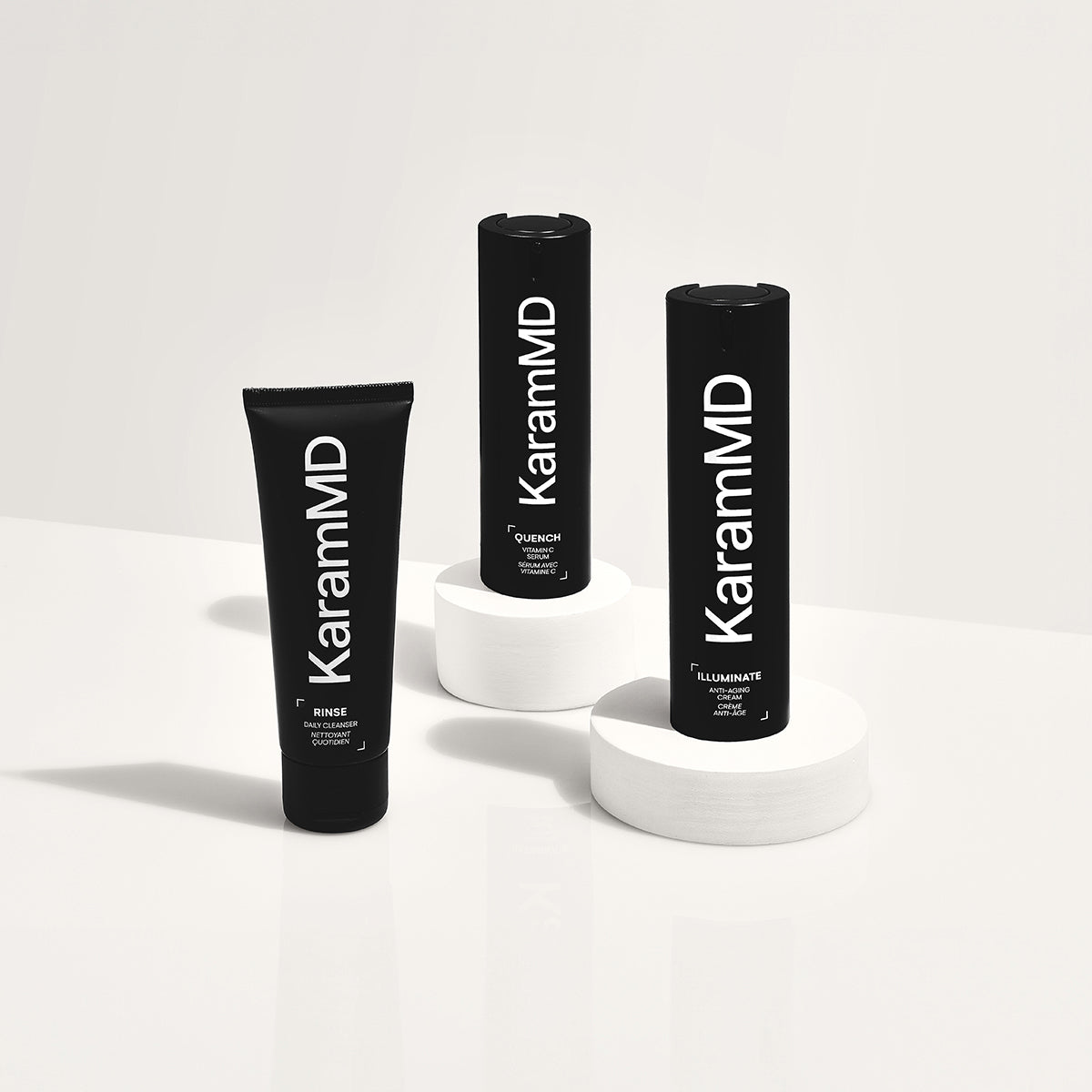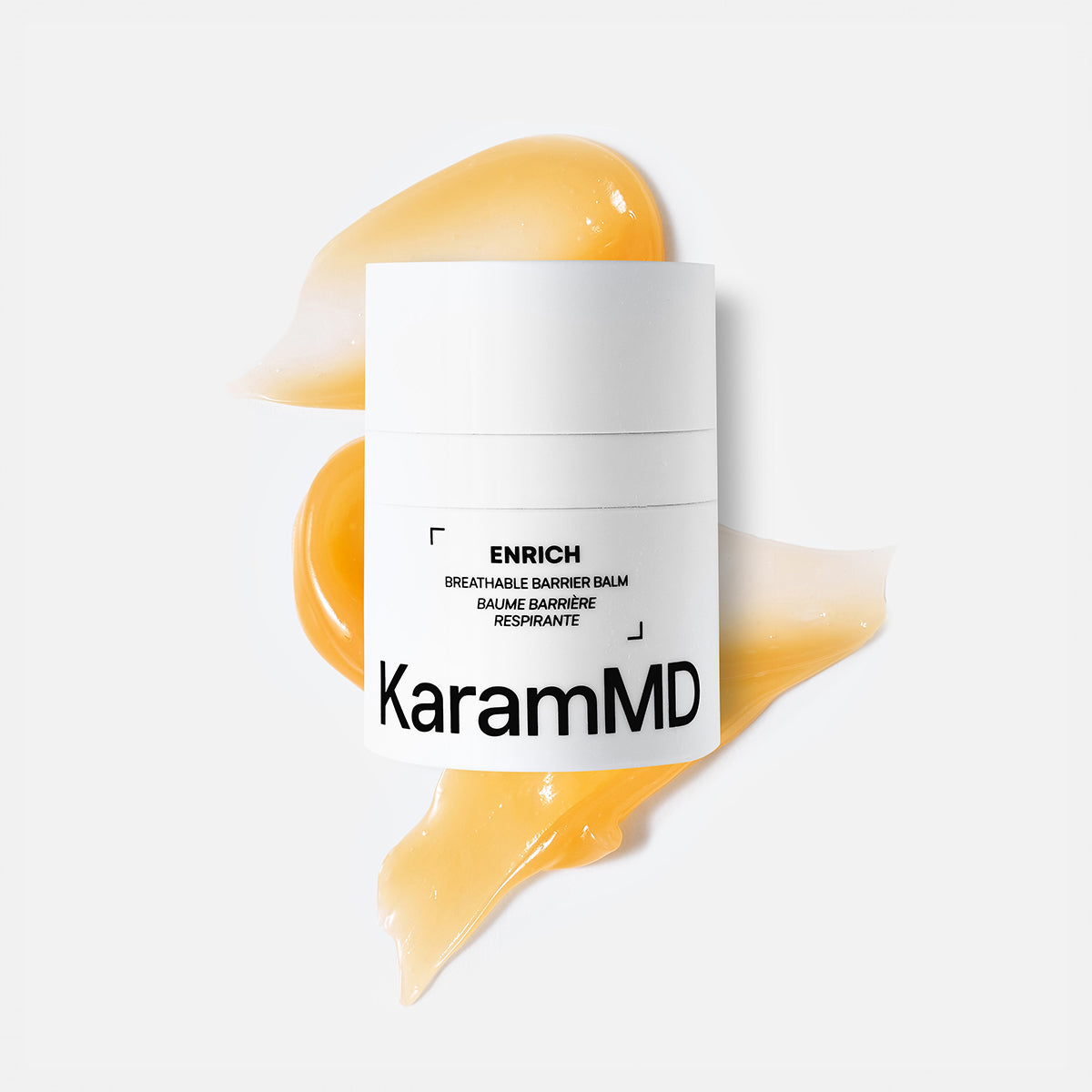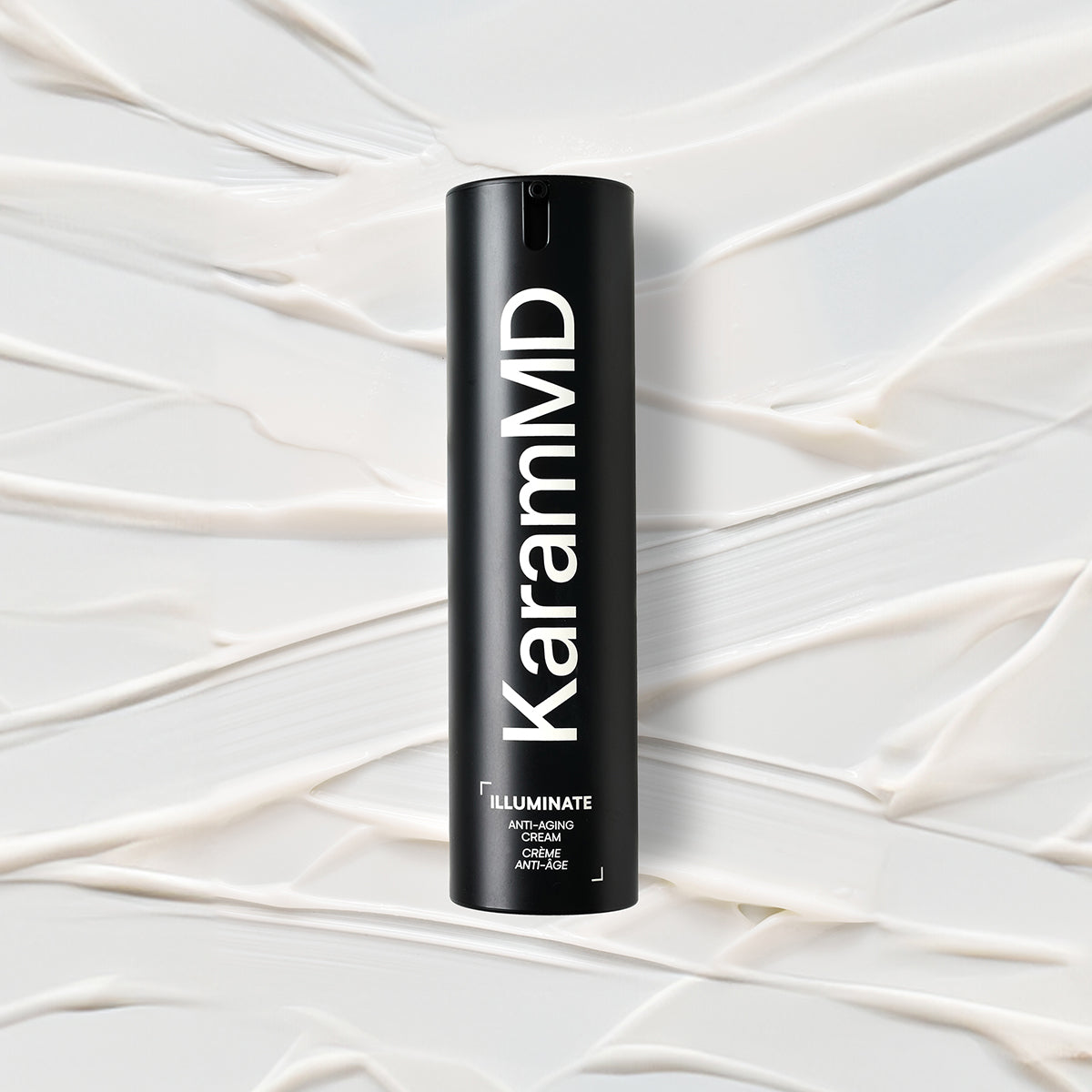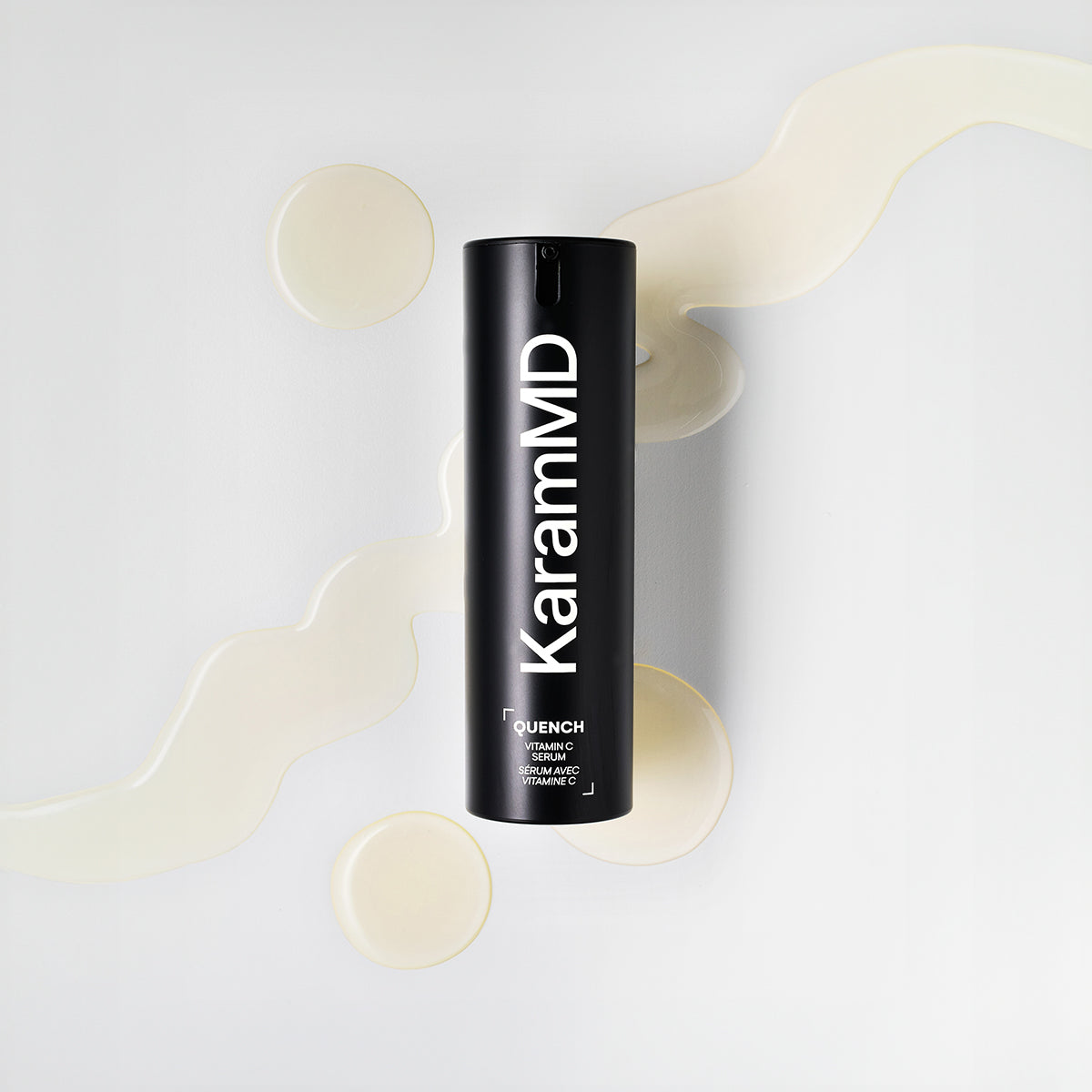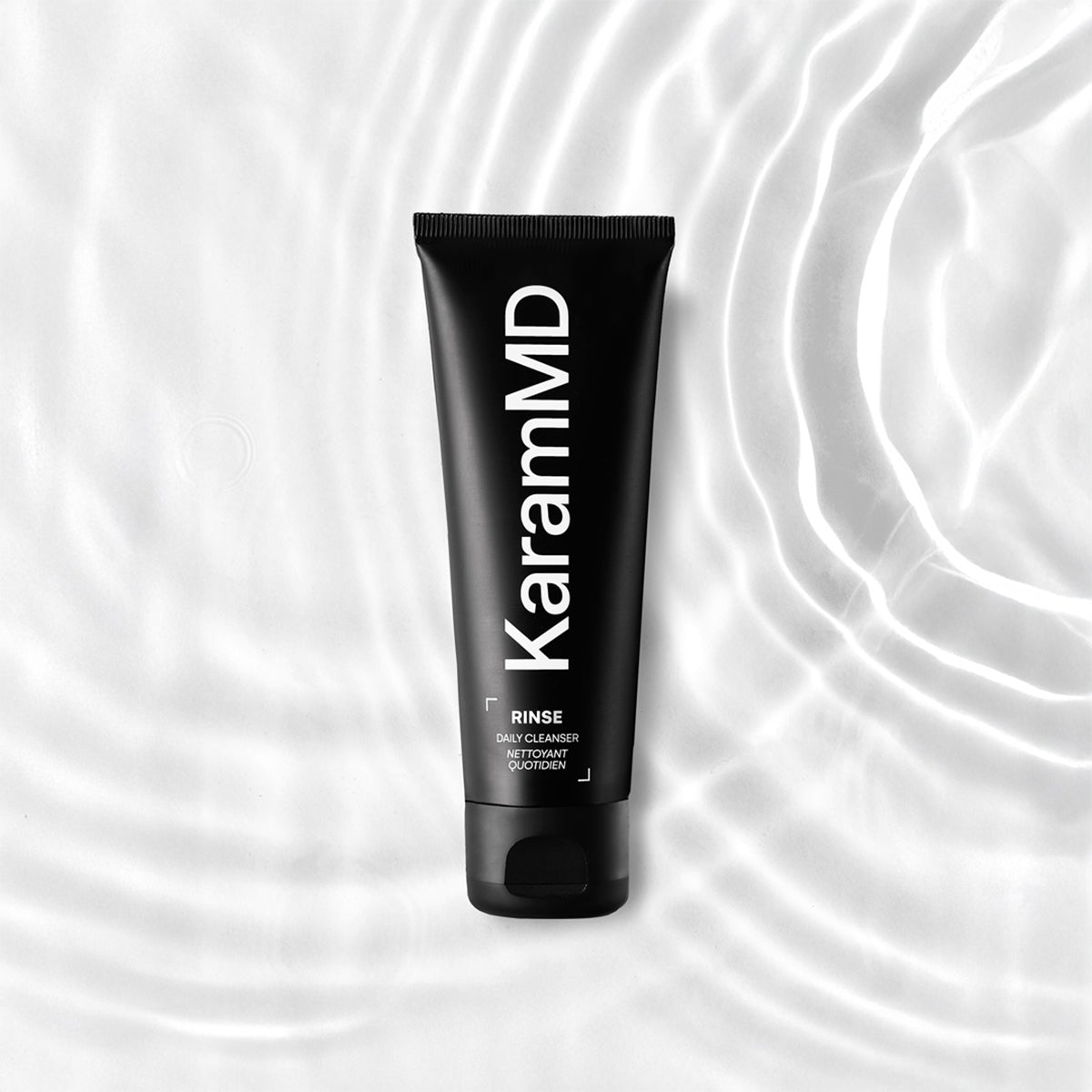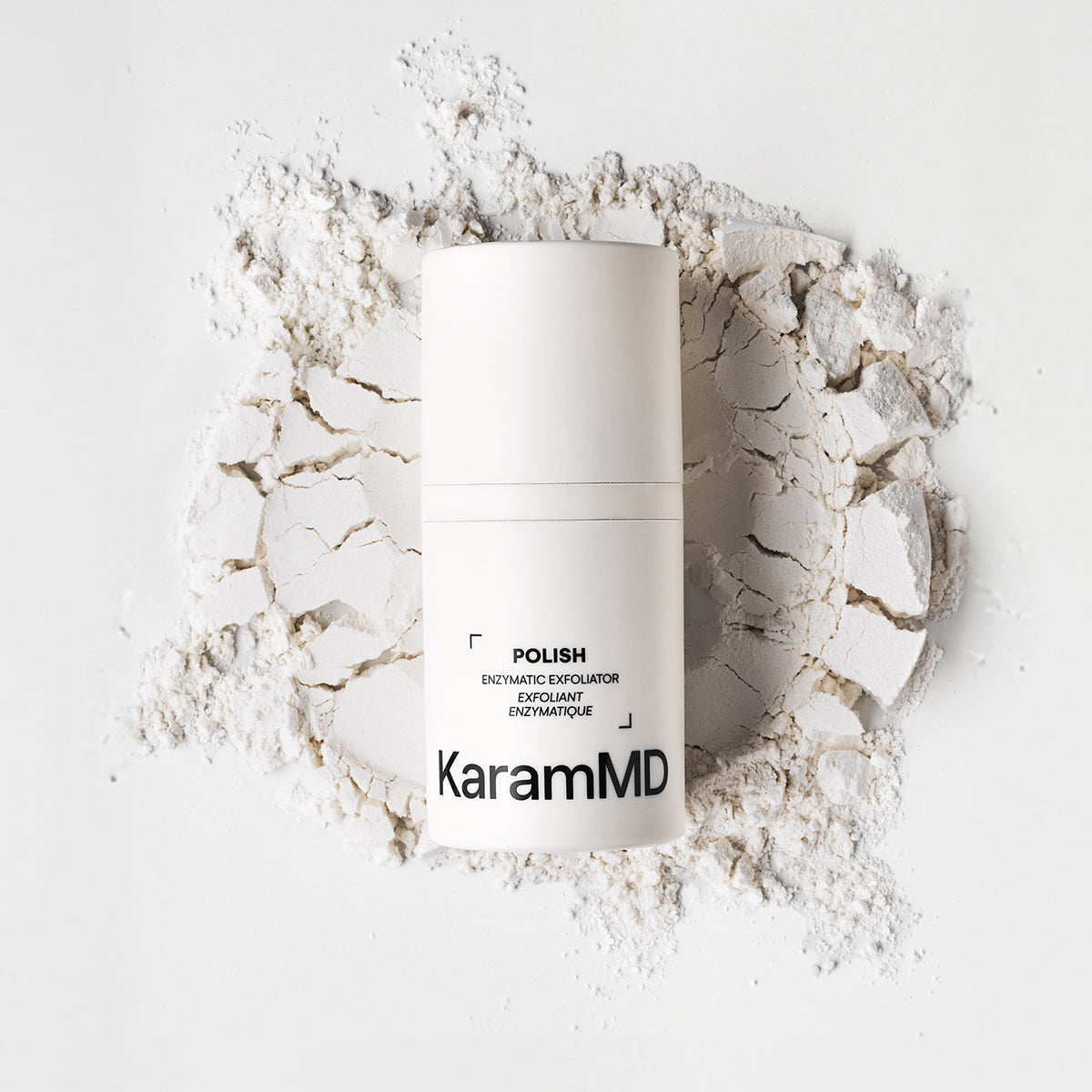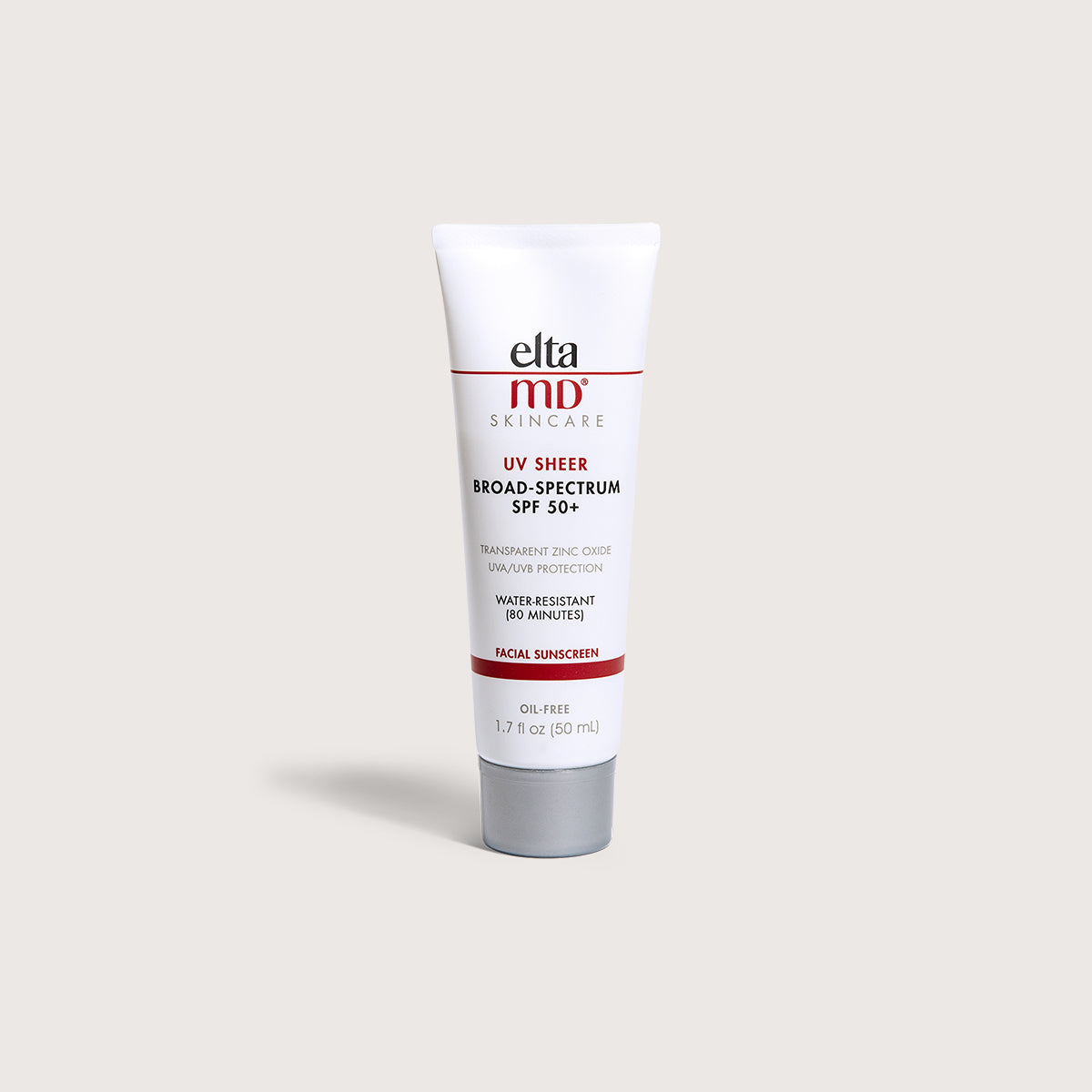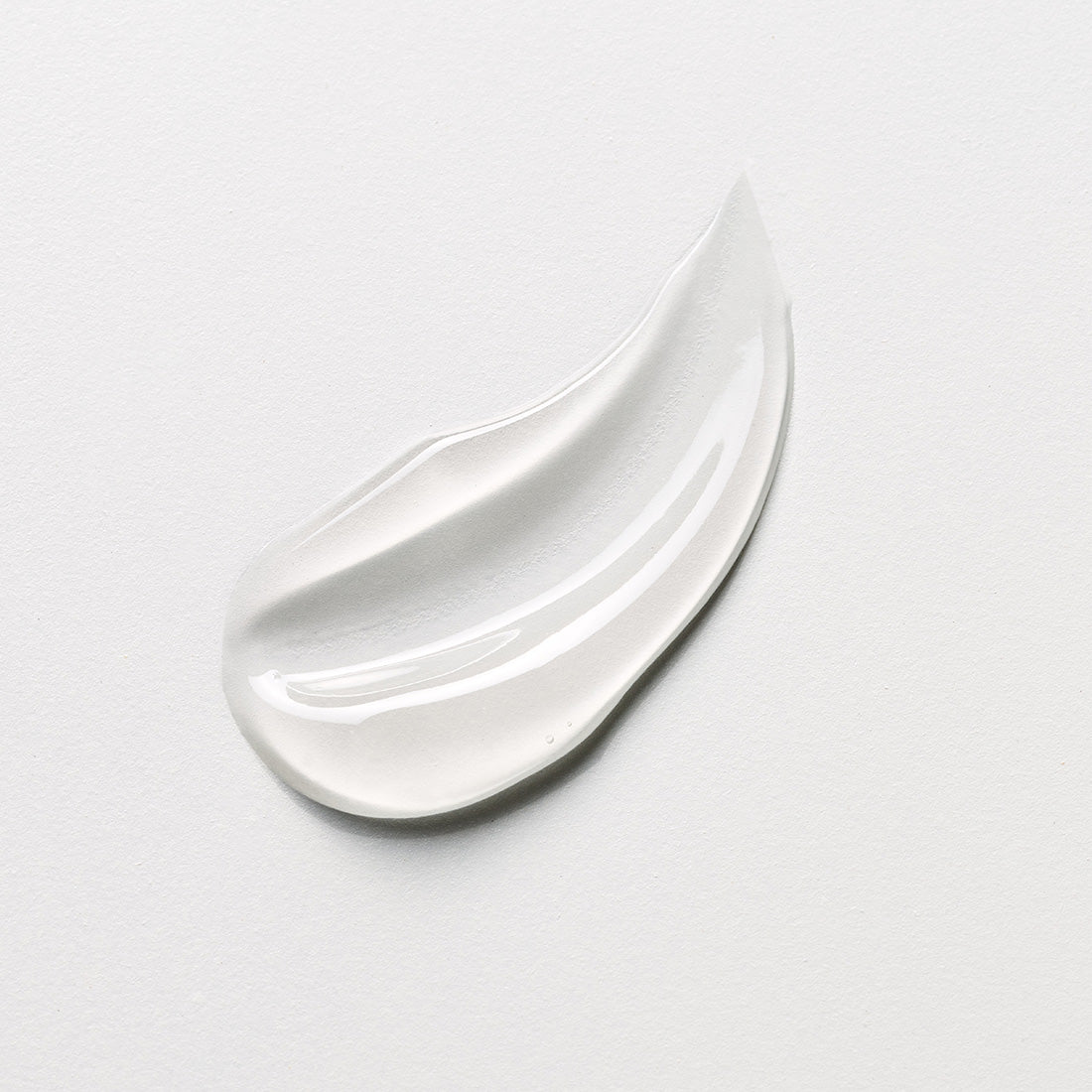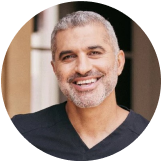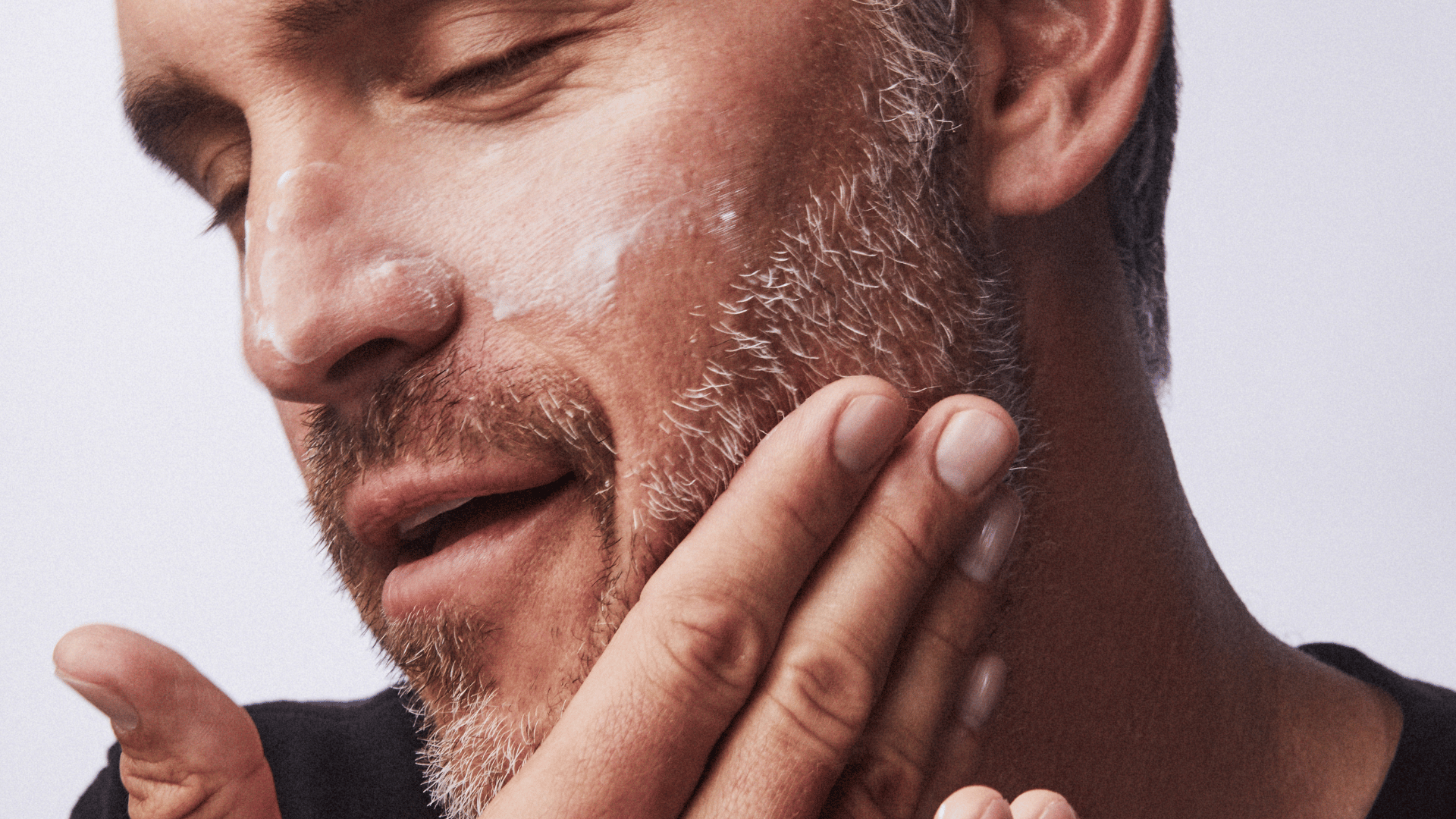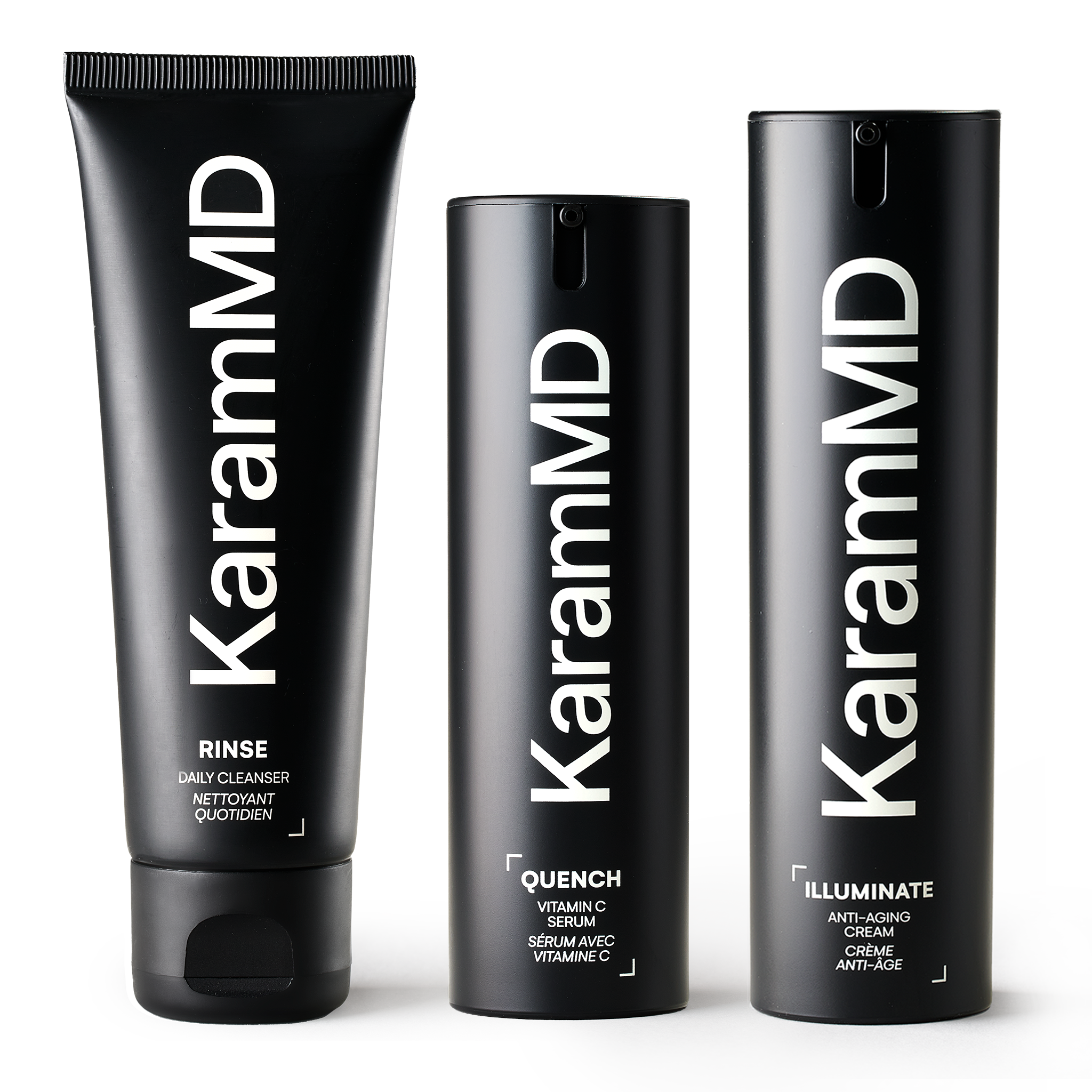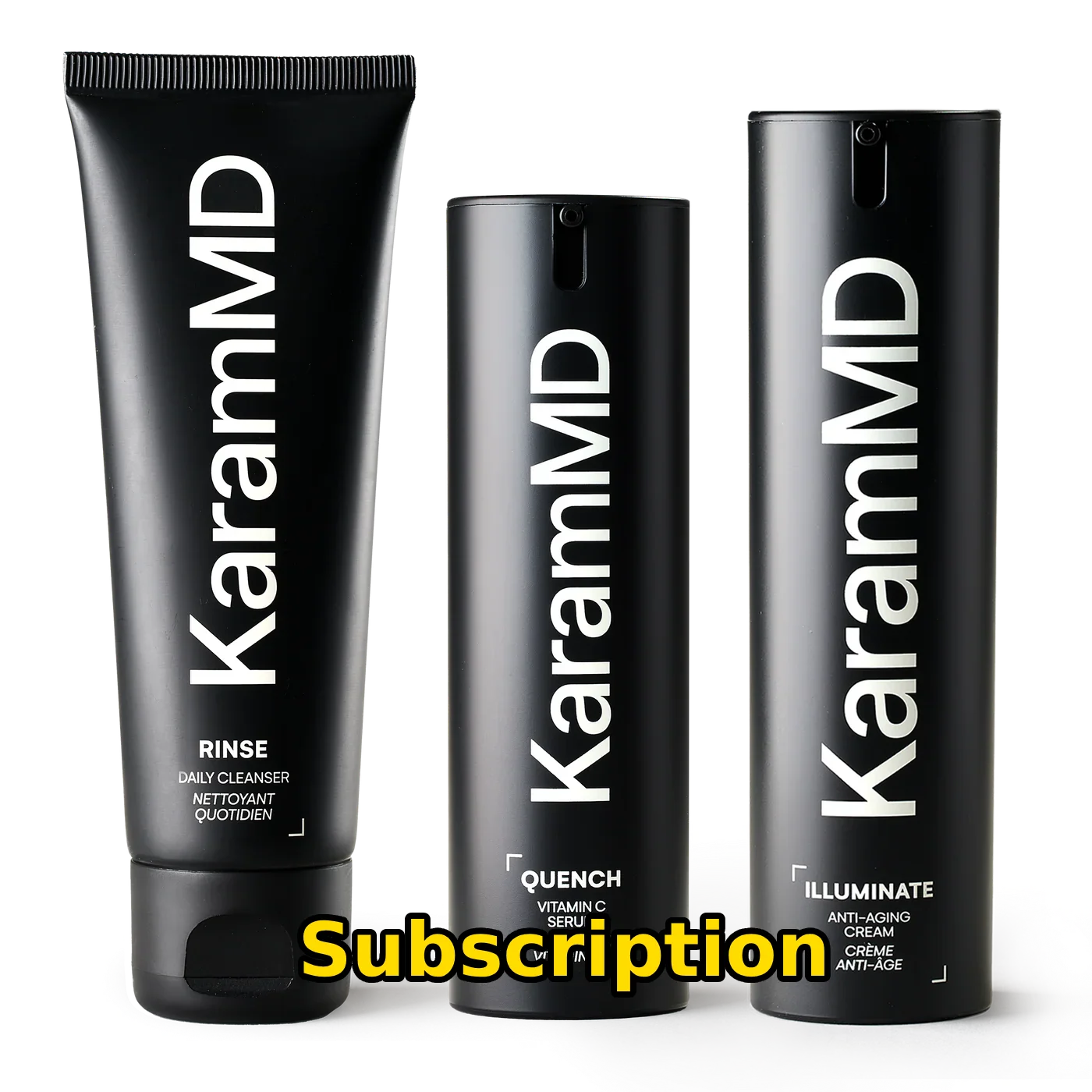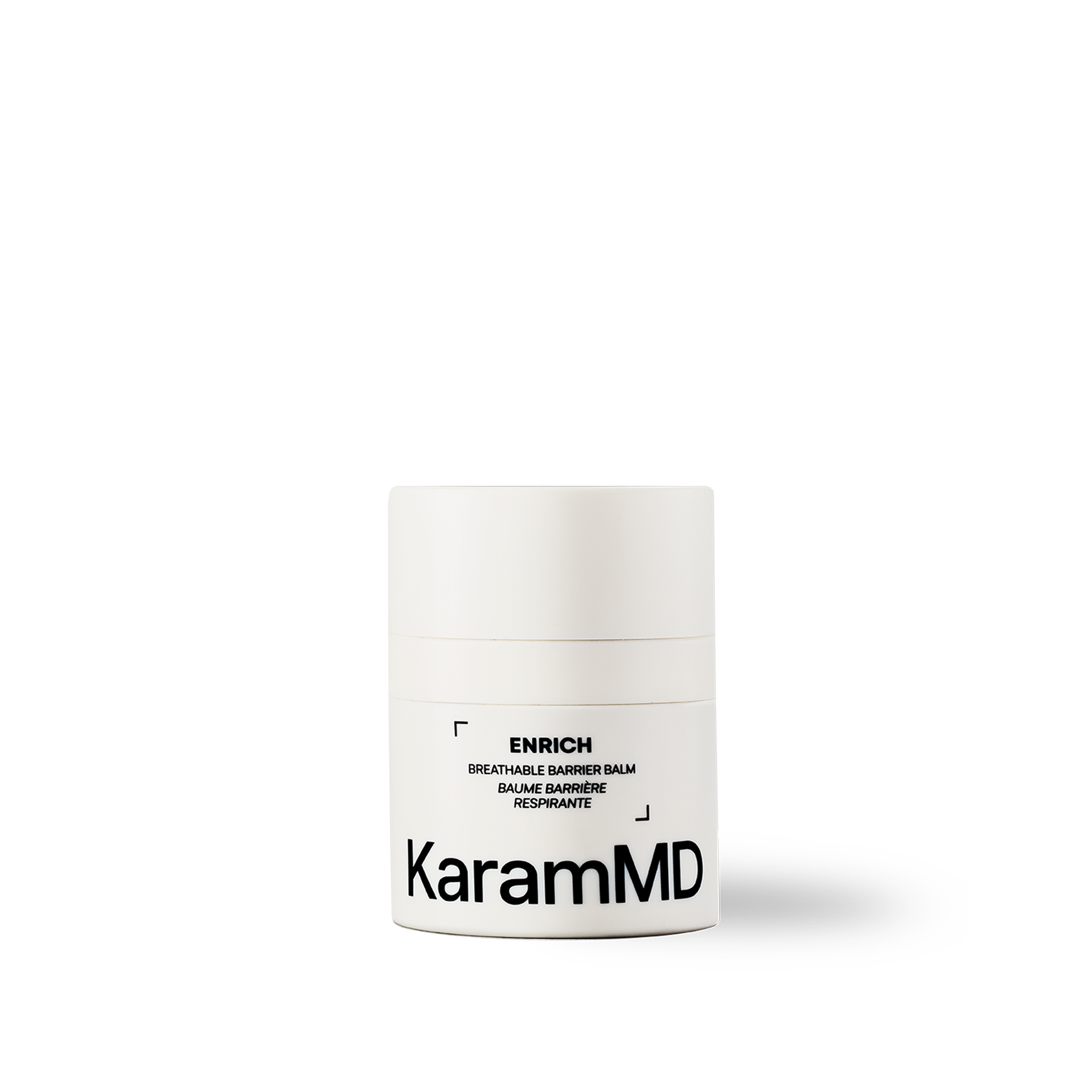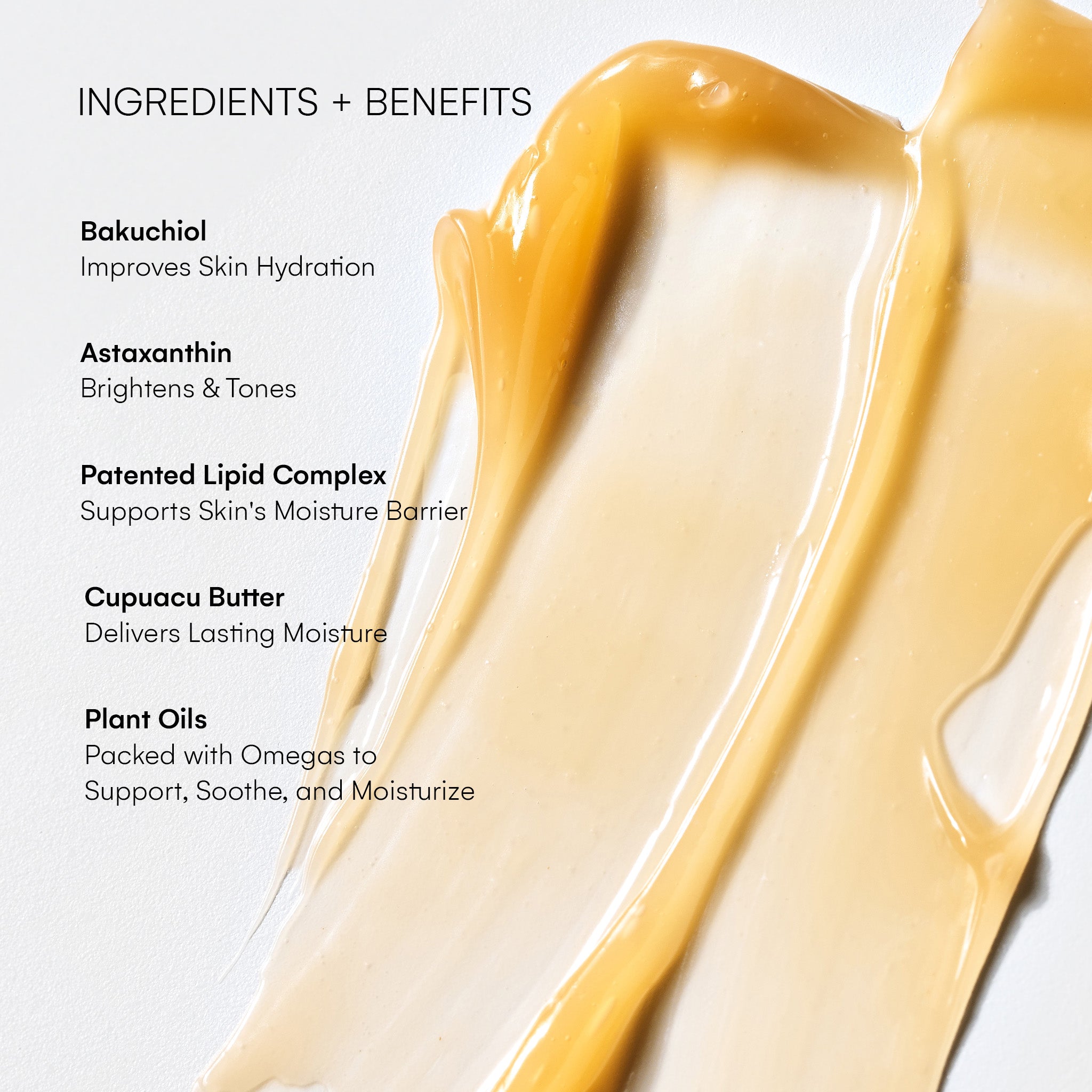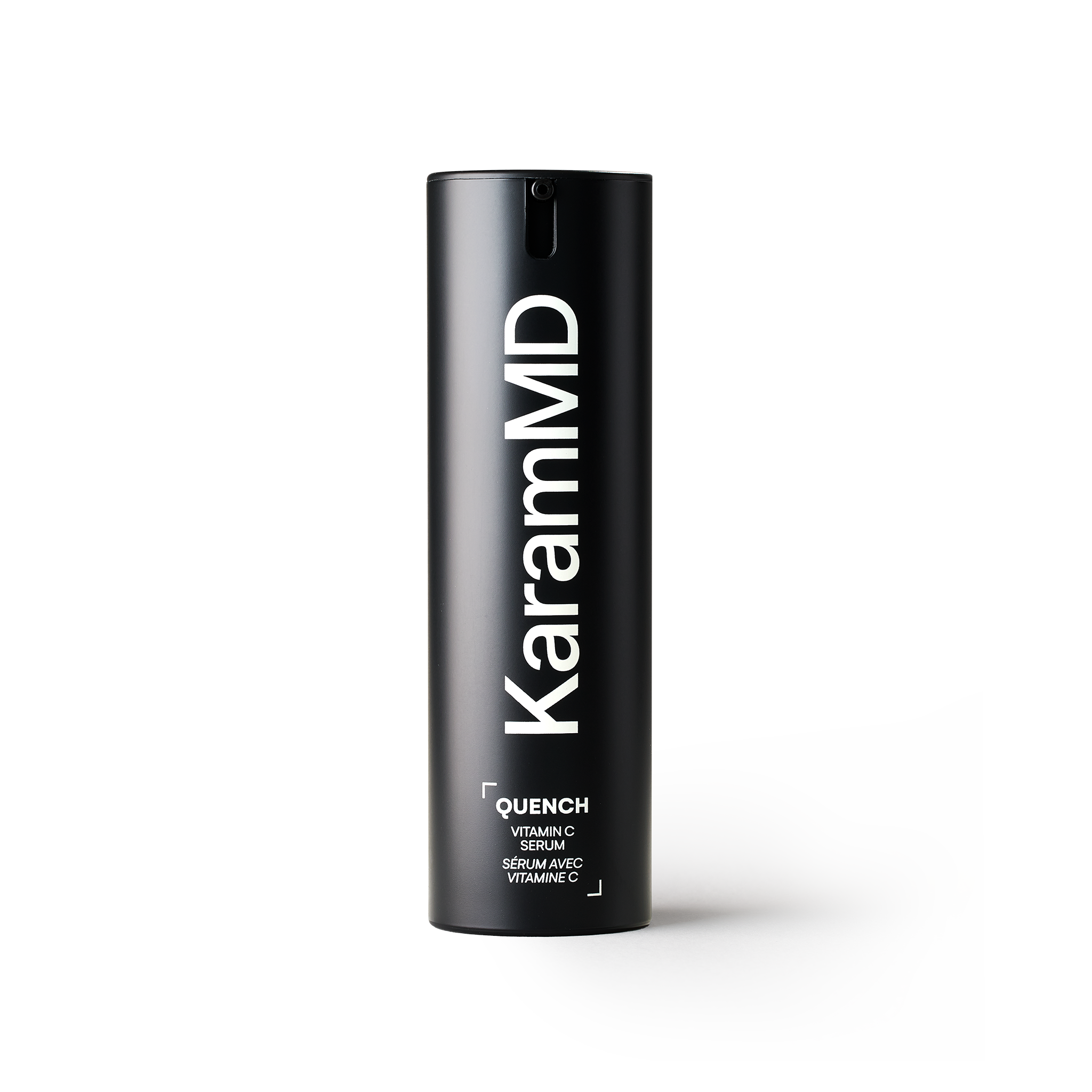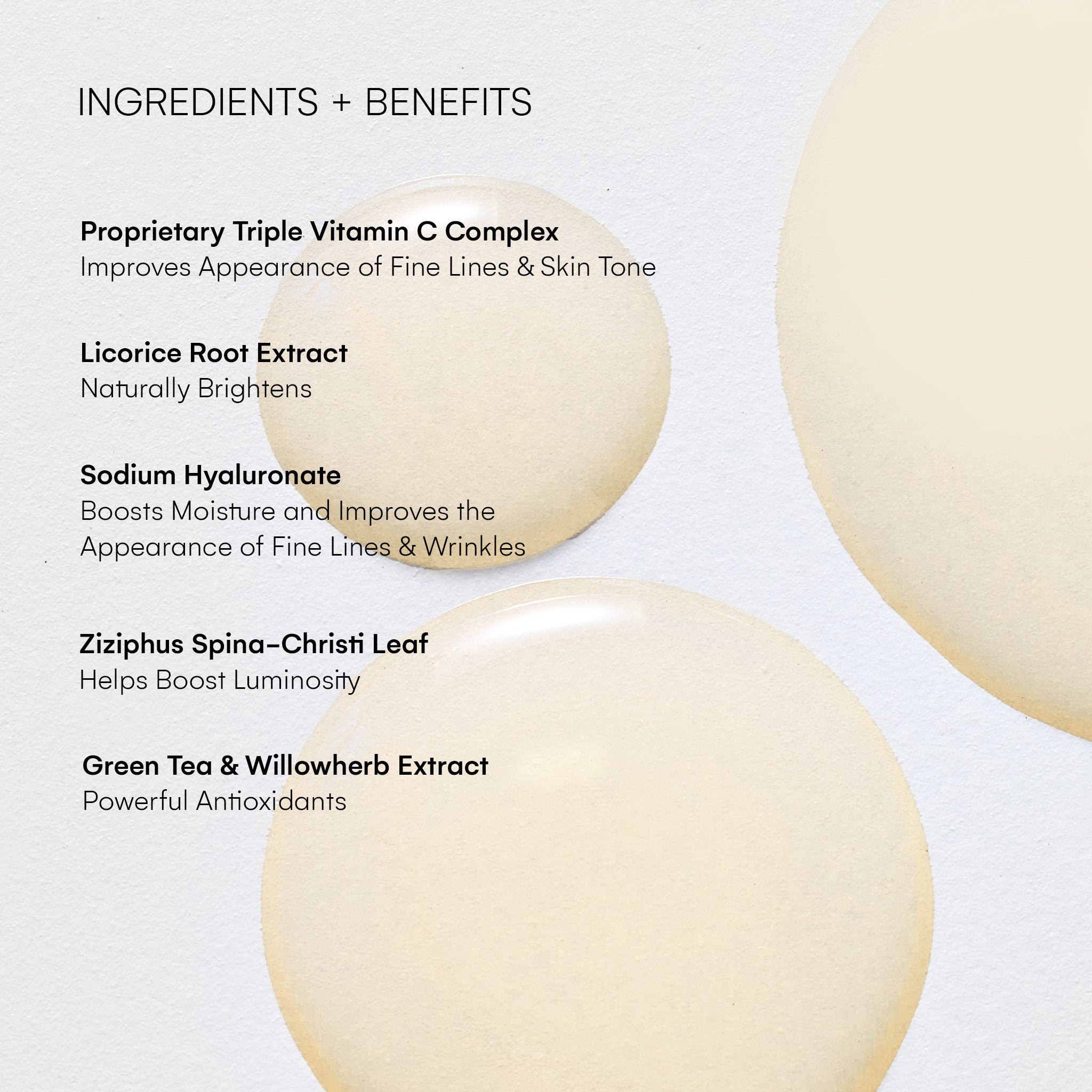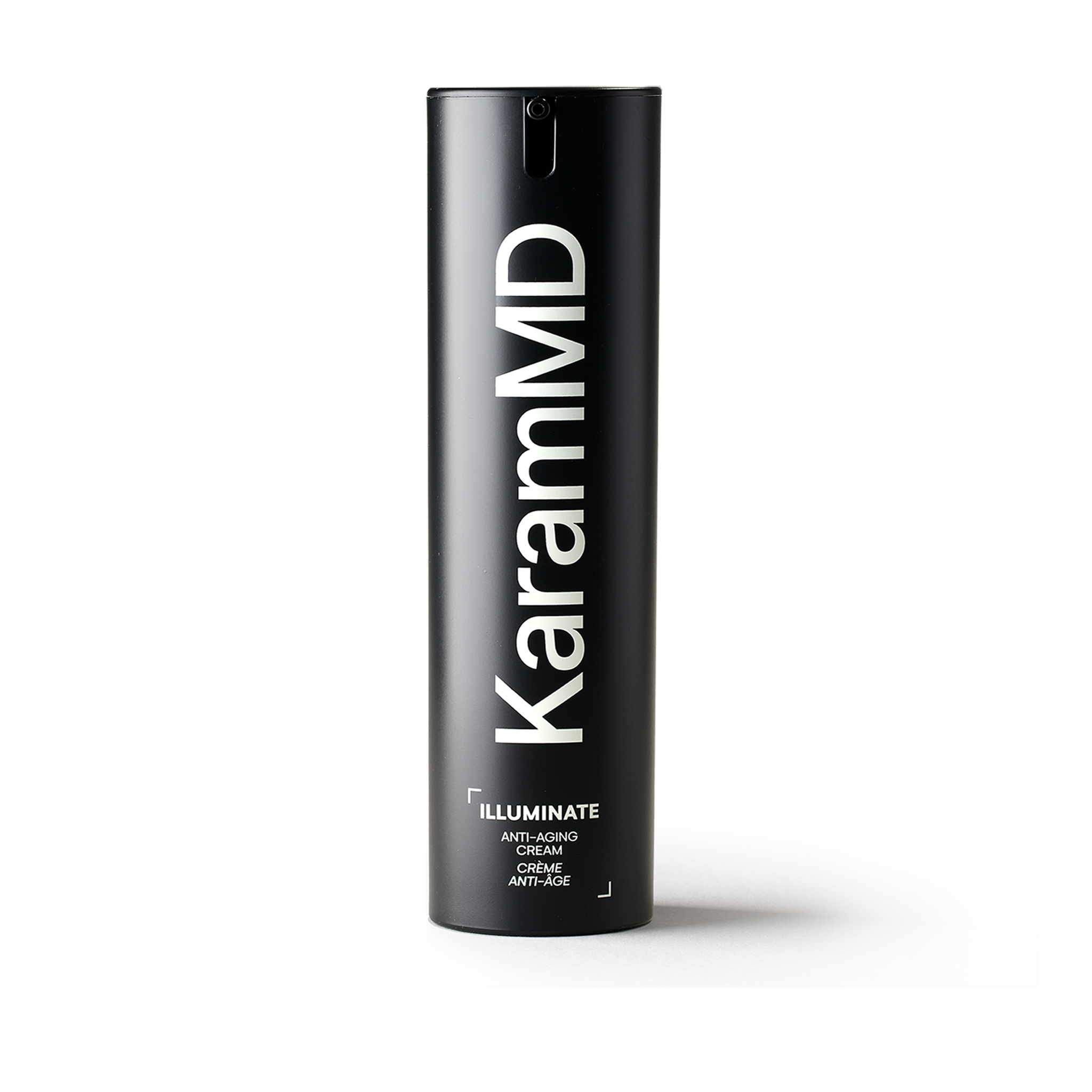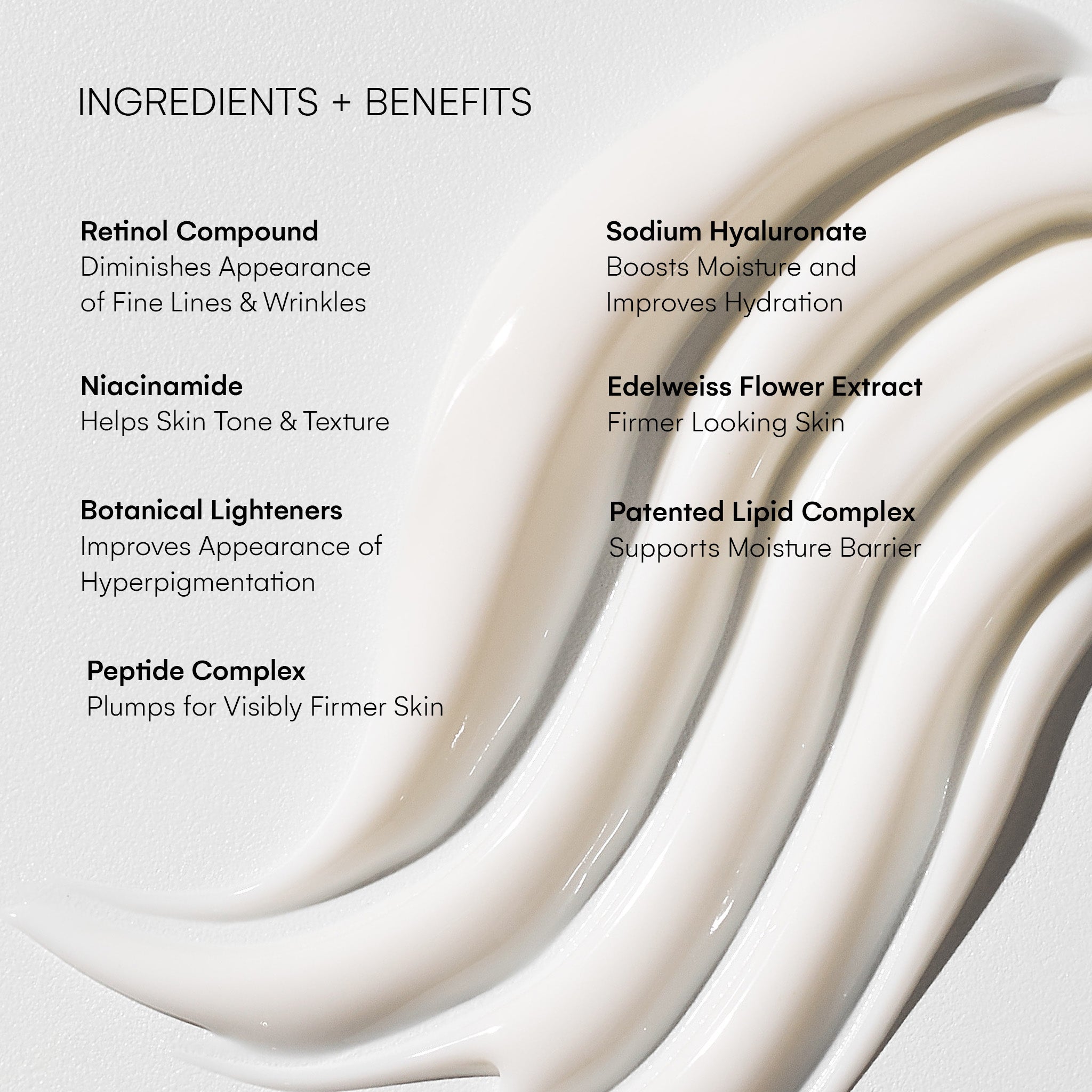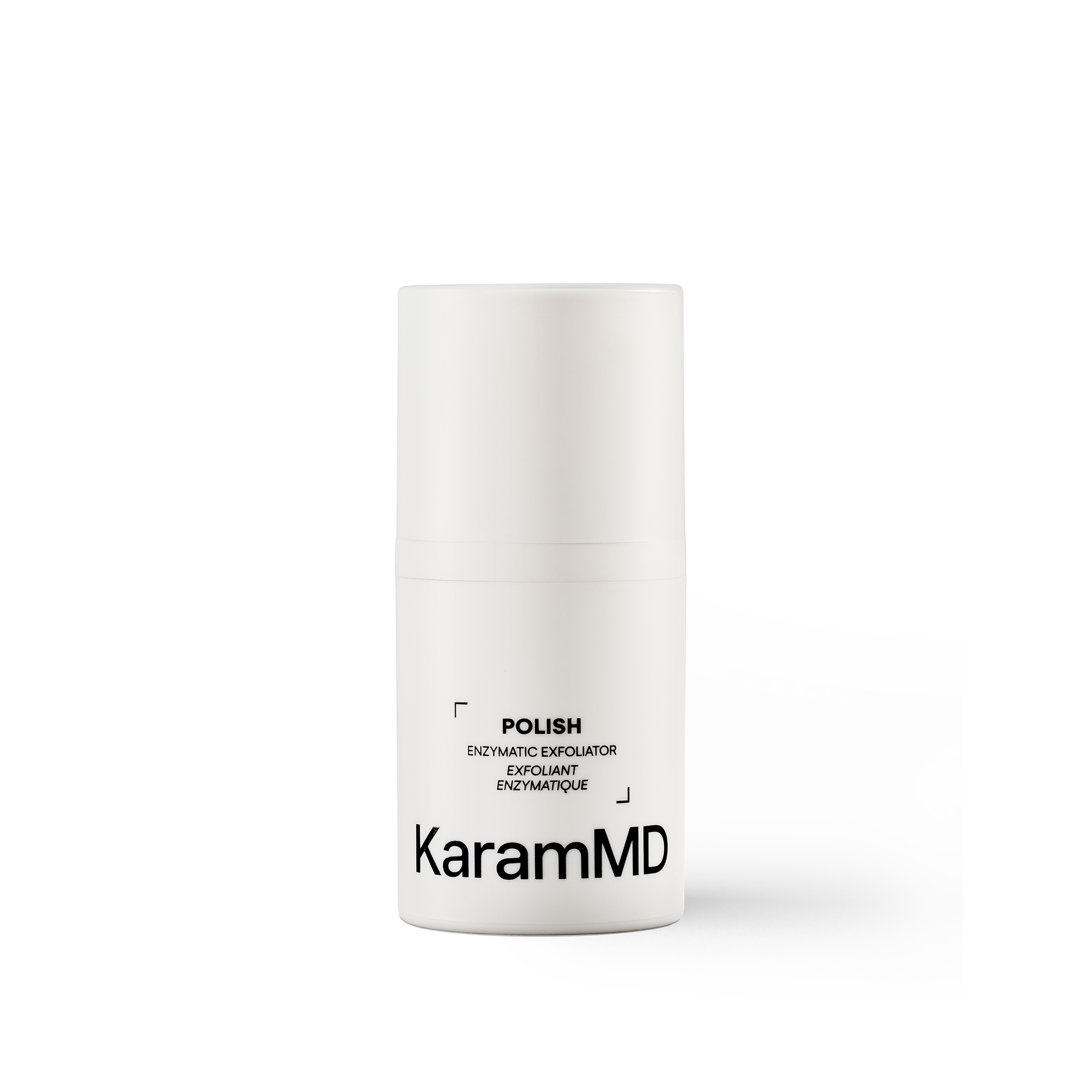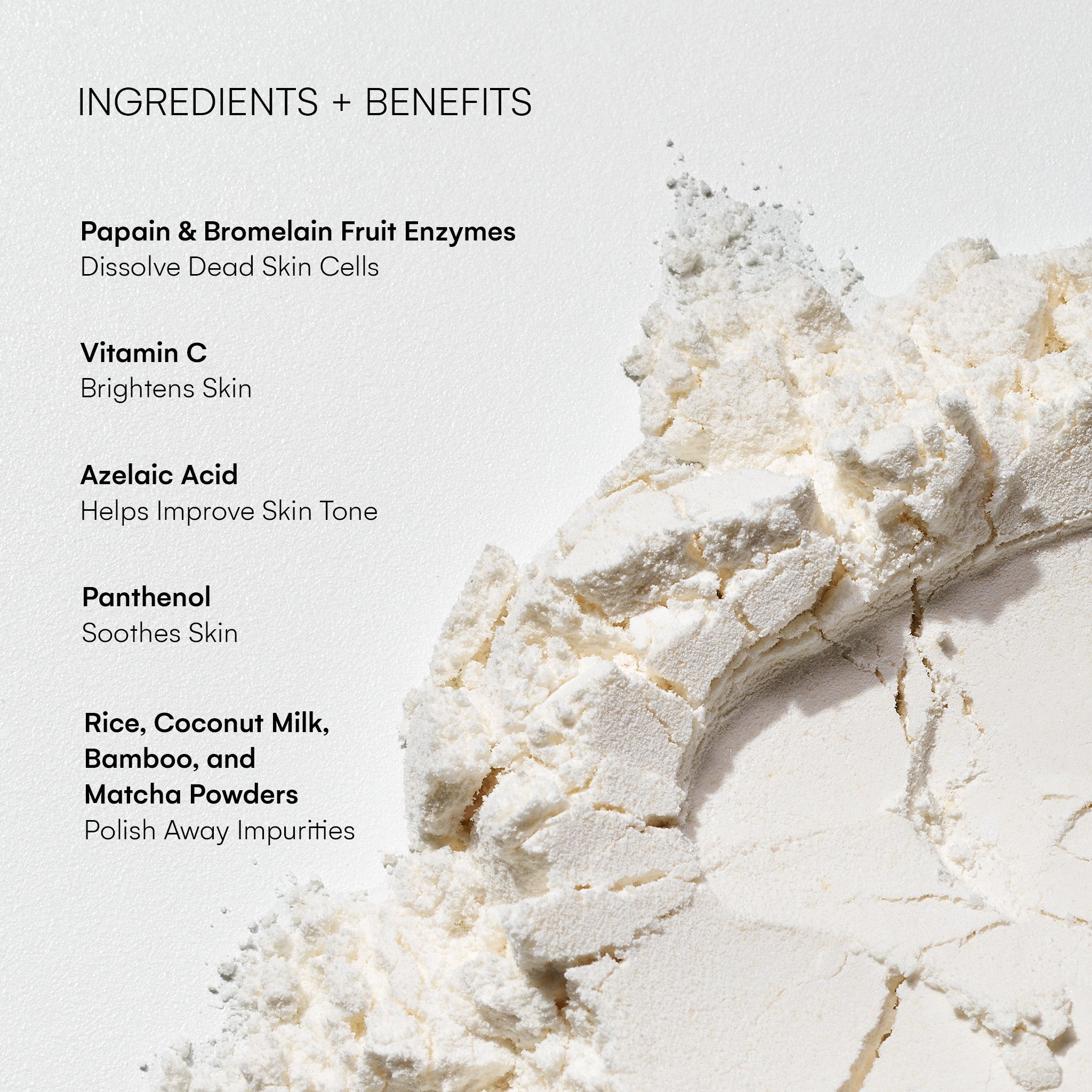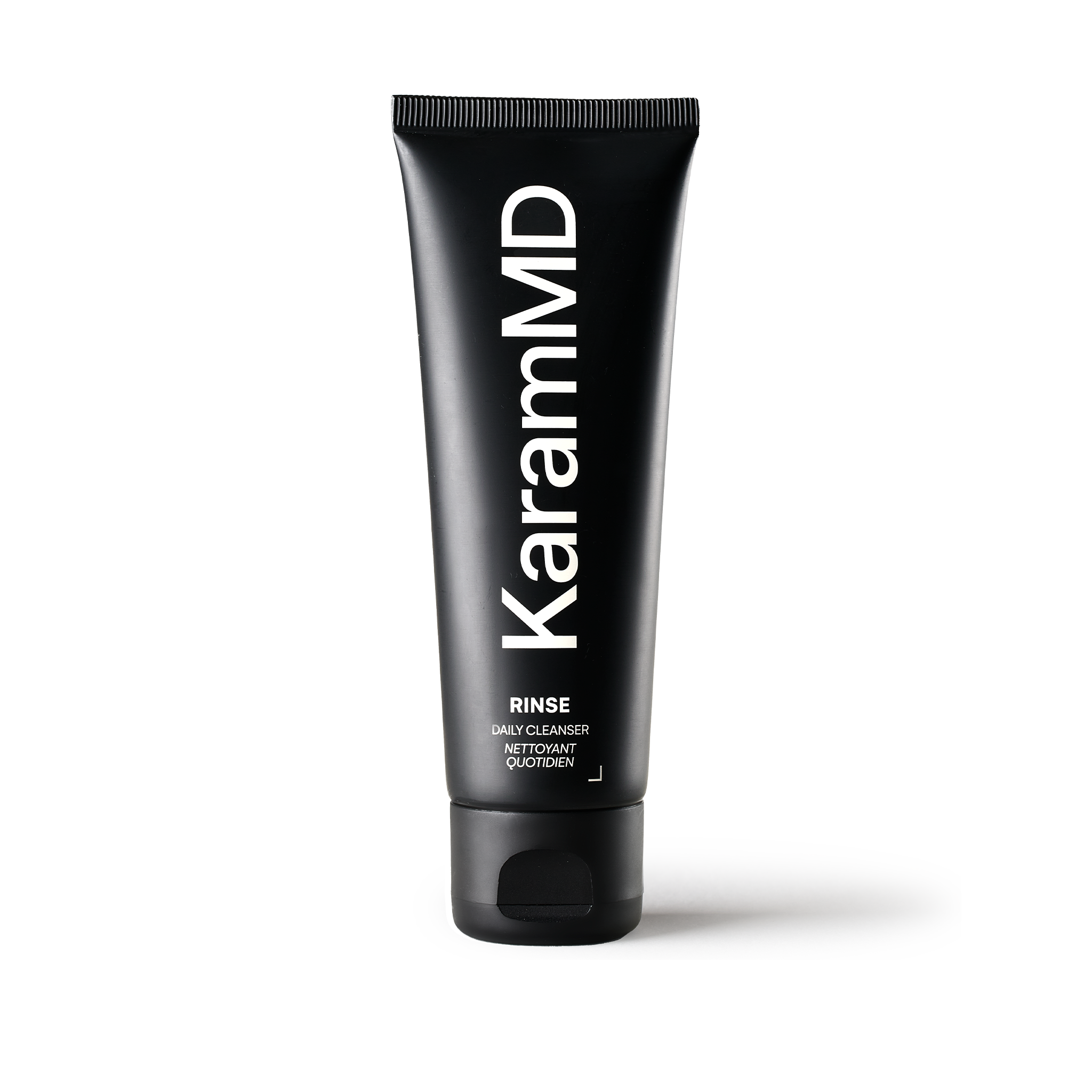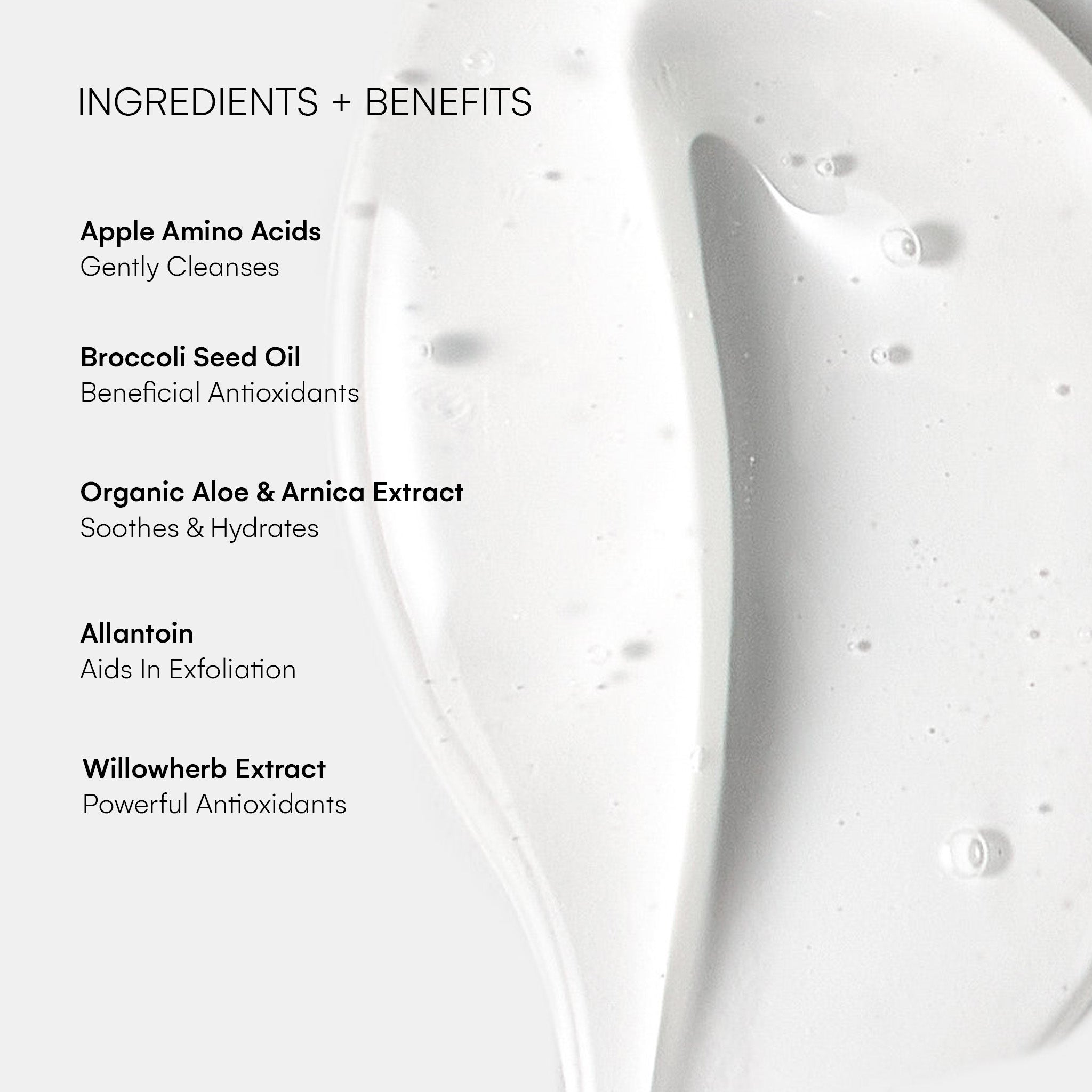"Ask me anything about fillers."
I recently posed this question to our Instagram followers and the response was overwhelming. Tons of questions came flooding in, and it showed me that a lot of you are curious about this topic--so I thought it would be a fun and informative to choose some of the most commonly asked questions and give you my honest opinion.
Let me start by saying, I do fat transfers literally every day. This is a technique in which I harvest fat from one area of the body and use it as a filler material to plump up somewhere else, so in my case, I am primarily using it for facial rejuvenation. For the last 20 years, I have used fat transfer along with my surgical approaches, so I feel like my notion of where fat should be in the face has been significantly refined in that time. I've continued to see and understand more and more where volume depletes in the face, and where volume should be added to look natural and youthful.
As many of you know, I have strong opinions on fillers, but it's not that I am totally opposed to them. In fact, I recognize they're part of a comprehensive strategy for cosmetic enhancement, a tool in the toolbox, similar to fat transfers. My problem is they have overused and people are getting overfilled, so I feel this is an important topic to break down and help people understand how to responsibly use fillers.
My aim here is to share my professional perspective, coming from someone who has an extensive background with not just fillers, but volume loss in the face as a whole. I talk about this on a daily basis, and I hope that by bringing the conversation here, I can help you to understand what fillers can and can’t do.
Whether you're new to fillers, already know a bit, or seeking answers to your own questions as you're looking to make future decisions about volume loss, I hope this FAQ can serve as a valuable resource.

